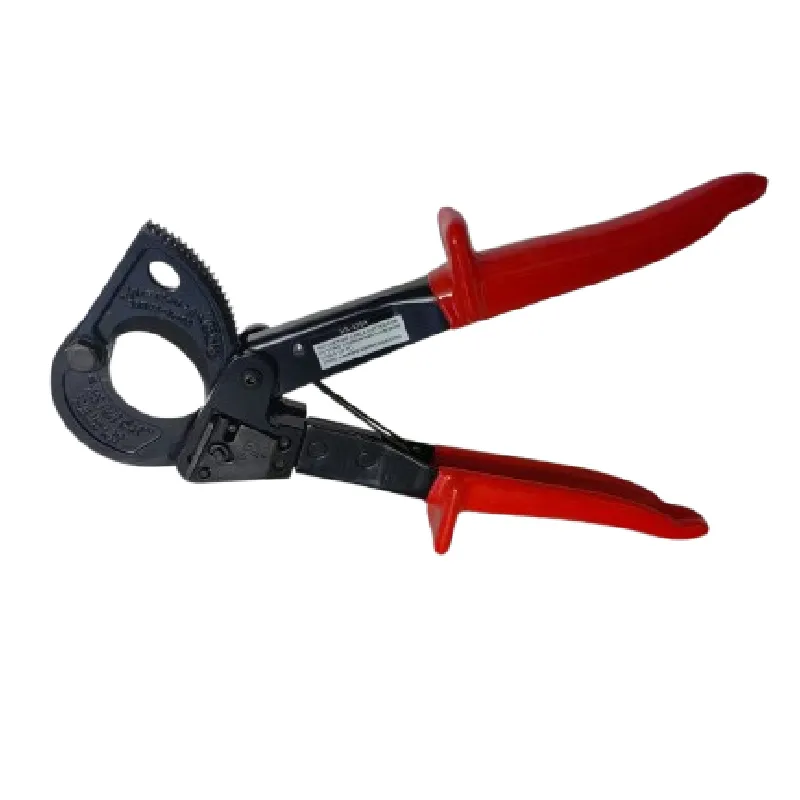
-
 Afrikaans
Afrikaans -
 Albanian
Albanian -
 Amharic
Amharic -
 Arabic
Arabic -
 Armenian
Armenian -
 Azerbaijani
Azerbaijani -
 Basque
Basque -
 Belarusian
Belarusian -
 Bengali
Bengali -
 Bosnian
Bosnian -
 Bulgarian
Bulgarian -
 Catalan
Catalan -
 Cebuano
Cebuano -
 Corsican
Corsican -
 Croatian
Croatian -
 Czech
Czech -
 Danish
Danish -
 Dutch
Dutch -
 English
English -
 Esperanto
Esperanto -
 Estonian
Estonian -
 Finnish
Finnish -
 French
French -
 Frisian
Frisian -
 Galician
Galician -
 Georgian
Georgian -
 German
German -
 Greek
Greek -
 Gujarati
Gujarati -
 Haitian Creole
Haitian Creole -
 hausa
hausa -
 hawaiian
hawaiian -
 Hebrew
Hebrew -
 Hindi
Hindi -
 Miao
Miao -
 Hungarian
Hungarian -
 Icelandic
Icelandic -
 igbo
igbo -
 Indonesian
Indonesian -
 irish
irish -
 Italian
Italian -
 Japanese
Japanese -
 Javanese
Javanese -
 Kannada
Kannada -
 kazakh
kazakh -
 Khmer
Khmer -
 Rwandese
Rwandese -
 Korean
Korean -
 Kurdish
Kurdish -
 Kyrgyz
Kyrgyz -
 Lao
Lao -
 Latin
Latin -
 Latvian
Latvian -
 Lithuanian
Lithuanian -
 Luxembourgish
Luxembourgish -
 Macedonian
Macedonian -
 Malgashi
Malgashi -
 Malay
Malay -
 Malayalam
Malayalam -
 Maltese
Maltese -
 Maori
Maori -
 Marathi
Marathi -
 Mongolian
Mongolian -
 Myanmar
Myanmar -
 Nepali
Nepali -
 Norwegian
Norwegian -
 Norwegian
Norwegian -
 Occitan
Occitan -
 Pashto
Pashto -
 Persian
Persian -
 Polish
Polish -
 Portuguese
Portuguese -
 Punjabi
Punjabi -
 Romanian
Romanian -
 Russian
Russian -
 Samoan
Samoan -
 Scottish Gaelic
Scottish Gaelic -
 Serbian
Serbian -
 Sesotho
Sesotho -
 Shona
Shona -
 Sindhi
Sindhi -
 Sinhala
Sinhala -
 Slovak
Slovak -
 Slovenian
Slovenian -
 Somali
Somali -
 Spanish
Spanish -
 Sundanese
Sundanese -
 Swahili
Swahili -
 Swedish
Swedish -
 Tagalog
Tagalog -
 Tajik
Tajik -
 Tamil
Tamil -
 Tatar
Tatar -
 Telugu
Telugu -
 Thai
Thai -
 Turkish
Turkish -
 Turkmen
Turkmen -
 Ukrainian
Ukrainian -
 Urdu
Urdu -
 Uighur
Uighur -
 Uzbek
Uzbek -
 Vietnamese
Vietnamese -
 Welsh
Welsh -
 Bantu
Bantu -
 Yiddish
Yiddish -
 Yoruba
Yoruba -
 Zulu
Zulu


Nov . 12, 2024 01:44 Back to list
'd shackle size and capacity - measuring wheel'
Understanding Shackle Size and Capacity for Measuring Wheels
When it comes to the construction and surveying industries, the tools utilized to measure distances play a critical role in the precision of tasks. One such tool that is essential for accurate measurements is the measuring wheel, often used in tandem with a shackle. To ensure optimal performance and reliability, understanding shackle size and capacity is paramount.
What is a Measuring Wheel?
A measuring wheel, also known as a surveyor's wheel or distance wheel, is an invaluable tool for quickly measuring long distances. The wheel rolls along the ground, with a counter that records the distance traveled. This method offers a quick, efficient way to measure large areas, making it ideal for construction sites, landscaping projects, and surveying tasks. The choice of measuring wheel often depends on its size, material, and design, but equally important is the functionality of its components, including the shackle.
Role of the Shackle
The shackle in a measuring wheel serves as the connection between the wheel and the measuring mechanism. It is pivotal in maintaining the stability and accuracy of measurements. The shackle allows for adjustments in height and positioning, ensuring that the measuring wheel can operate effectively on uneven surfaces. However, the size and capacity of the shackle can significantly influence the tool's overall performance.
Shackle Size
'd shackle size and capacity - measuring wheel'

The size of a shackle refers to its dimensions and structure. A larger shackle can accommodate broader wheels or heavier measuring mechanisms, while a smaller shackle may be designed for compact or lightweight models. It is crucial to select the appropriate shackle size for the measuring wheel in order to maintain balance and accuracy when measuring. If the shackle is too small, it can result in instability, leading to incorrect readings. Conversely, an excessively large shackle may add unnecessary weight and make maneuvering difficult.
Shackle Capacity
Shackle capacity pertains to the weight limit that a shackle can support. Different measuring wheels vary in terms of capacity depending on the materials used, design, and specific purpose. When selecting a measuring wheel, it is essential to consider the expected load—both the weight of the wheel and any additional attachments that may be used with it. Users should ensure that the shackle's capacity exceeds this load to maintain safety and prevent breakage.
Choosing the Right Combination
When purchasing a measuring wheel, it is vital to choose the right combination of shackle size and capacity to match the intended use. For typical landscaping or construction tasks, a standard measuring wheel with a moderate shackle size and capacity will often suffice. However, for more demanding jobs that require greater precision or face uneven terrain, investing in a larger wheel and robust shackle may be necessary.
Conclusion
In conclusion, understanding shackle size and capacity is integral to maximizing the effectiveness of a measuring wheel. The right shackle will not only support the measuring mechanism adequately but also enhance the accuracy of measurements taken. As sectors like surveying, construction, and landscaping continue to evolve, selecting equipment that ensures reliability remains a top priority for professionals. By paying close attention to the shackle’s size and capacity, users can make informed decisions that will lead to successful project outcomes and precise measurements. Always remember the best tools empower you to work smarter, not harder.
Latest news
What Are Construction Tools and How Are They Used?
NewsJul.11,2025
Professional-Grade Duct Rodding Tools for Superior Cable Installation
NewsJul.11,2025
Enhancing Safety and Efficiency with Modern Hot Stick Solutions
NewsJul.11,2025
Empowering Cable Installation with Advanced Rodder Solutions
NewsJul.11,2025
Elevate Your Cable Installation Projects with Cable Pulling Tools
NewsJul.11,2025
Efficient Cable Handling Solutions: Cable Rollers for Sale
NewsJul.11,2025











